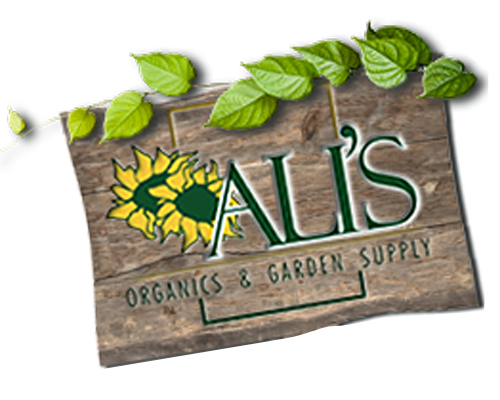What's Living in My Soil?
Posted November 25, 2013

Beneath the soil level is a complex world. Fungi, Bacteria, Protozoa, Nematodes, Microarthopods....Some of these organisms suffer from a bad rap! Nematodes for example can be both beneficial and harmful. The root knot nematode feeds on your plants, causing 'knots' on the roots, suffocating and limiting them from proper growth and production, if any. While many nematodes are beneficial and help protect roots from disease, release nutrients in plant-available soluble forms and help build soil structure. Now that's a nematode worth having!
Microarthropods are very tiny organisms such as springtails, soil mites and soil-dwelling insects. These guys eat fungus and release nutrients in plant available form. They too, build soil structure. Did you ever think a mite...soil mite would be a good thing?
Protozoa are microorganisms that eat bacteria. As they eat bacteria, they release excess nutrients in soluble form plants can utilize. They also work with bacteria and fungi to build air passageways, letting oxygen, water, and roots move easily through the soil.
Bacteria are microorganisms that are vital for the cycle of nutrients in the soil. There is literally thousands of species of bacteria. Beneficial bacteria are usually aerobic, requiring oxygen. 'Fluffy' soil generally has a higher count of beneficial bacteria, while soggy or compacted soil 'low oxygen environments' have a higher count of harmful bacteria. Bacteria will collaborate with legumes to capture atmospheric nitrogen and add it to the soil. If you've had problem soils, you can easily add bacteria to your soil by adding mycorrhizae containing beneficial bacterias, and aerating the soil.
Fungi are microorganisms that help hold soil particles together and improve soil structure. These workhorses consume the harder-to-digest organic matter materials like pine needles, dead tree wood and dead leaves. One type of fungi establishes mutually beneficial mycorrhizal relations with plants allowing the fungi to hold and transfer needed nutrients directly to plant roots. Beneficial Fungi can easily be added to your soil by adding mycorrhizae at planting time.
The living soil and it's healthy helpers are responsible for healthy soil and healthy plants. This living soil requires a balance of each of these organisms. When synthetic fertilizers and chemicals are used over and over, they start to disrupt the balance. They not only kill off the bad organisms over time, they also kill off the good, creating an out of balance cycle, leaving plants without their support system that combats disease and insect infestations. Keep it organic and not only will your organic fertilizers feed the earth, they will feed what's in it!
Nourish your soil! Feed your soil! One of the best ways is to add compost. And lots of it! Good compost adds life and feeds the organisms in the soil. Worm compost is an excellent compost, adding a great diversity of beneficial organisms. Thermal compost (compost that has reached a temp of 140-160 degrees) is free of harmful pathogens and pest, making it very beneficial your garden. Living soil does its job its designed to do! Work in perfect harmony!!



Comments (0 Comments)
There are no comments.
Post Comment